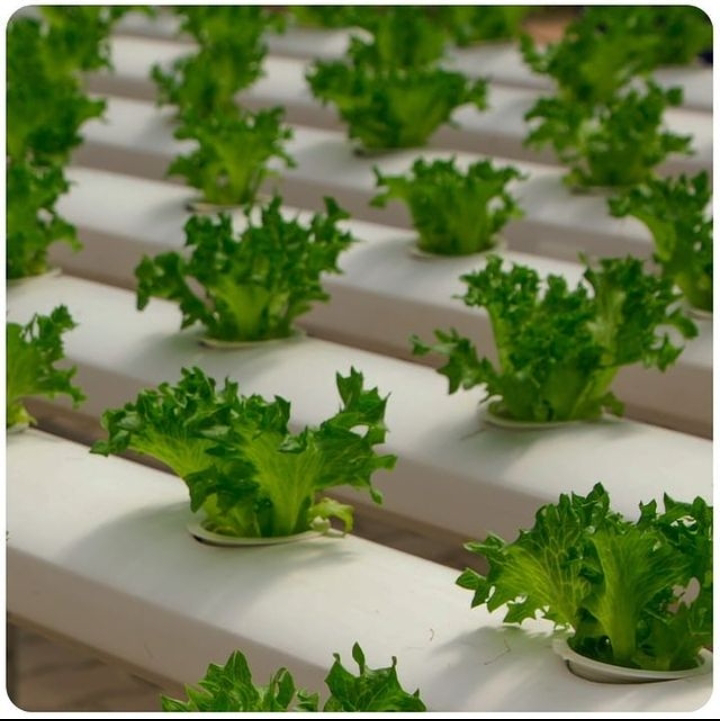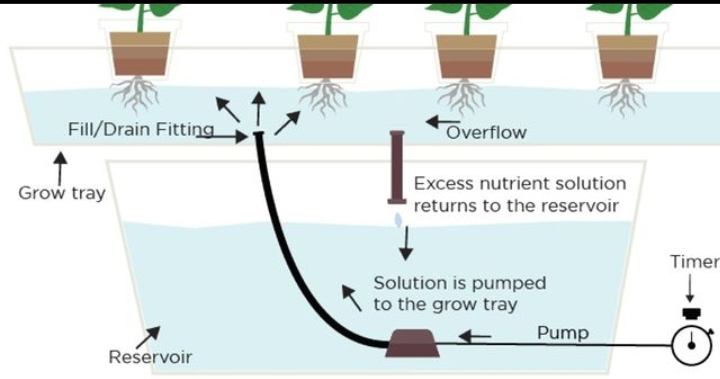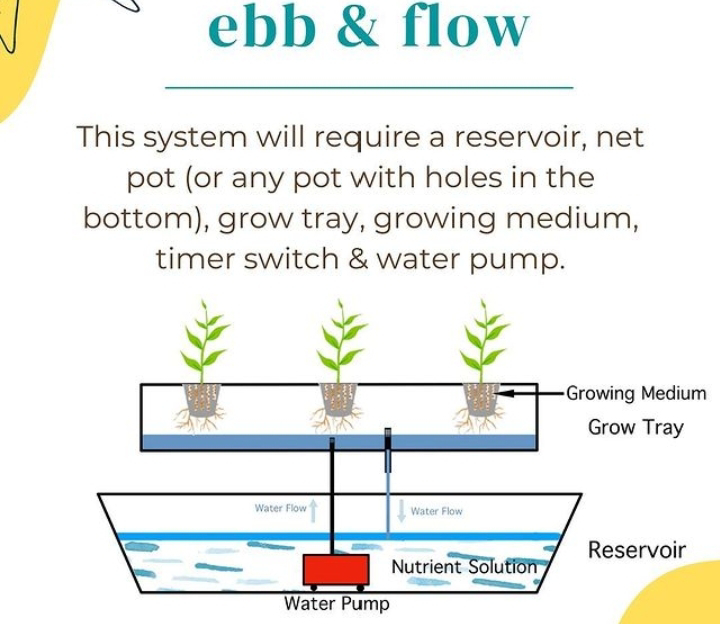- pH refers to the level of acidity or alkalinity of the nutrient solution in the hydroponic system.
- The optimal pH range for most hydroponic crops is between 5.5 and 6.5.
- pH affects nutrient availability; if it's too high or too low, certain nutrients may become unavailable to plants.
- Use a pH meter or pH test strips to monitor the pH level regularly.
- To adjust pH, use pH up (usually potassium hydroxide) to raise pH or pH down (usually phosphoric or citric acid) to lower it.
- Aim to maintain a stable pH level as fluctuations can stress the plants and reduce nutrient uptake.
2. EC Management:
- EC measures the total concentration of dissolved salts in the nutrient solution, indicating its strength.
- It is measured in millisiemens per centimeter (mS/cm) or microsiemens per centimeter (µS/cm).
- The optimal EC range varies depending on the crop's growth stage but is generally between 1.2 to 2.4 mS/cm.
- High EC levels can lead to nutrient imbalances and plant stress, while low levels may indicate insufficient nutrient supply.
- Use an EC meter to monitor the nutrient solution's strength regularly.
- Adjust the EC by adding more nutrient solution or fresh water to reach the desired range.
Tips for pH and EC Management:
- Test the pH and EC of the nutrient solution before feeding it to the plants and adjust as needed.
- Keep in mind that different plant species may have varying pH and EC requirements.
- Regularly check the pH and EC levels, preferably daily or at least every few days, to ensure a stable growing environment for your plants.
- Always use high-quality pH and EC meters for accurate readings.
- Monitor the plants closely for any signs of nutrient deficiencies or toxicities, which can be indicative of pH or EC imbalances.
- Proper pH and EC management are essential for healthy plant growth and optimal nutrient uptake in hydroponic systems.
Remember, these are general guidelines, and it's essential to consider the specific requirements of the plants you are growing in your hydroponic system. Happy hydroponic gardening!






























